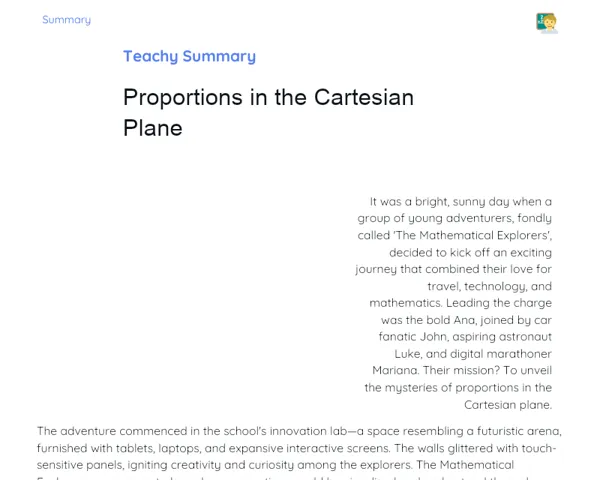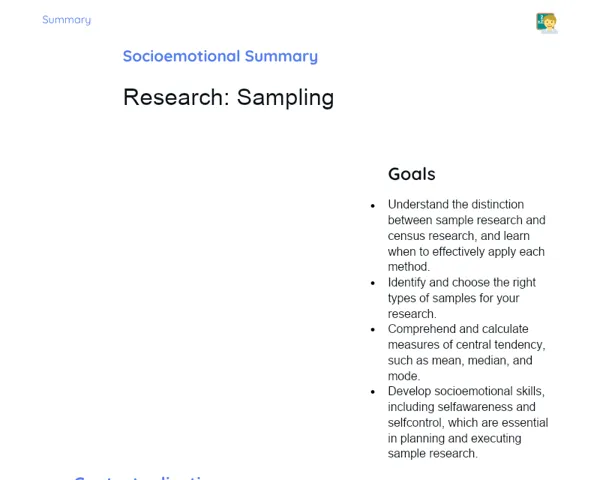Goals
1. Identify and use the concept that the total of all possible outcomes is equal to 1.
2. Address real-world issues by applying the properties of probability.
Contextualization
Probability is a branch of mathematics that focuses on the likelihood of events happening. We often come across scenarios in our daily lives that involve probability, like predicting the weather, making decisions while playing games, or assessing risks in investments. Grasping the properties of probability empowers us to make better choices and evaluate risks more accurately. For instance, insurance providers rely on probability theories to gauge the risks of certain events, which helps them determine policy pricing. In the stock market, risk analysts use probability to forecast market trends and drive investment strategies. Moreover, in tech, machine learning algorithms harness probabilistic concepts to make predictions and perform classifications.
Subject Relevance
To Remember!
Concept of Probability
Probability quantifies the likelihood of an event happening. It is represented as a figure between 0 and 1, where 0 means the event won’t happen and 1 means it will definitely happen. Probability is utilized for forecasting events in uncertain circumstances.
-
Probability always lies between 0 and 1.
-
It can be shown as a fraction, decimal, or percentage.
-
It aids in making informed choices in uncertain scenarios.
Property of the Sum of Possible Events
A key property of probability is that the total of all probabilities of possible events in a sample space equals 1. In essence, the sum of probabilities of every potential outcome from an experiment must always equal 1.
-
The total of probabilities of all potential outcomes is always 1.
-
This enables checks to see if the assigned probabilities are accurate.
-
Crucial for calculating the probabilities of complementary events.
Independent and Dependent Events
Independent events are those that do not impact the occurrence of another event. On the other hand, dependent events are factors where the occurrence of one influences the other. Understanding this difference is key to accurately calculating combined probabilities.
-
Independent events: One event’s occurrence does not change the likelihood of another.
-
Dependent events: One event’s occurrence alters the likelihood of the other.
-
Essential for determining the joint probability of multiple events.
Practical Applications
-
Insurance: Companies use probability to analyze the risks associated with events like accidents and set policy fees.
-
Financial Market: Risk analysts apply probability to forecast market trends and inform investment choices.
-
Technology: Machine learning applications utilize probabilistic principles for making predictions and classifications.
Key Terms
-
Sample Space: The collection of all possible results from an experiment.
-
Event: Any subset that can be derived from the sample space.
-
Conditional Probability: The chance of an event happening based on the occurrence of another event.
-
Complementary Events: Two events that together account for all possible outcomes in the sample space.
-
Independent Events: Events where one event’s occurrence does not influence another.
Questions for Reflections
-
How can a grasp of probability principles impact your everyday choices?
-
In what ways do you see probability playing a role in your field of interest or future career path?
-
Why is it crucial to comprehend the distinction between independent and dependent events when approaching problem-solving?
Practical Simulation of Random Events
This mini-challenge is designed to reinforce the understanding of probability properties through the creation and assessment of random events.
Instructions
-
Form groups of 4-5 students.
-
Select some materials such as dice, coins, playing cards, or counters.
-
Each group should invent a game scenario or random event, for example, a dice game or determining the chance of picking a specific card from the deck.
-
Calculate the probability of the events created using the properties discussed in class.
-
Present your findings and computations to the class, explaining the rationale behind your conclusions.



